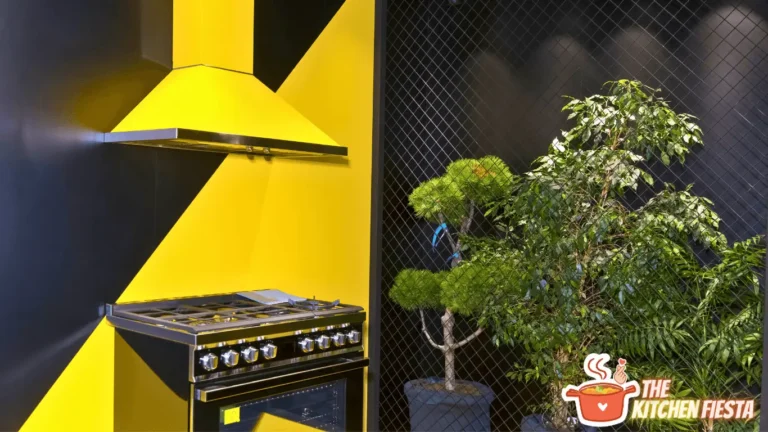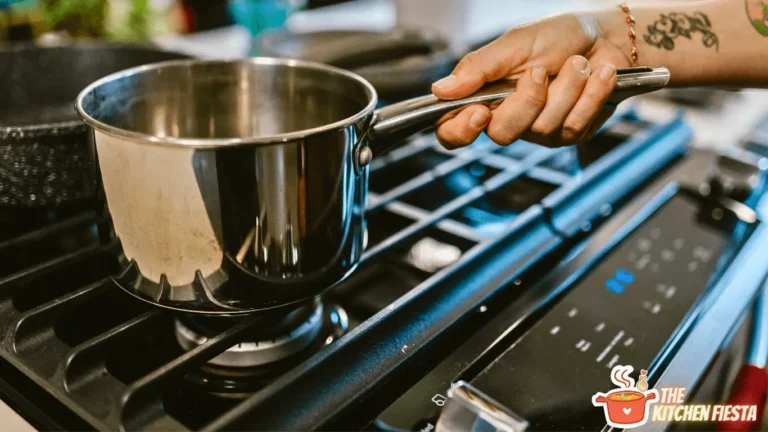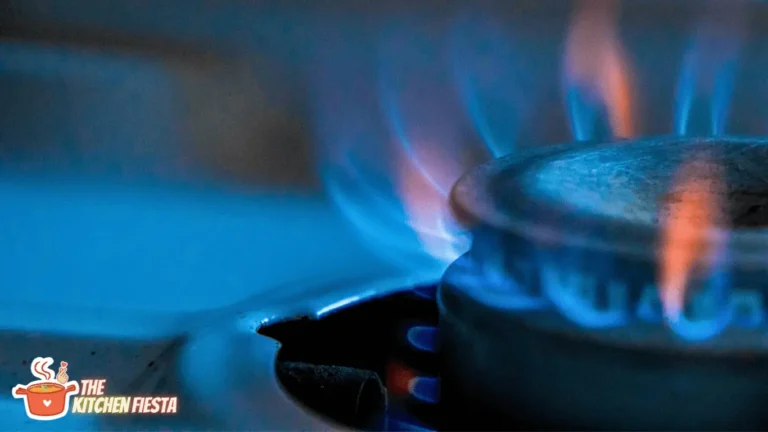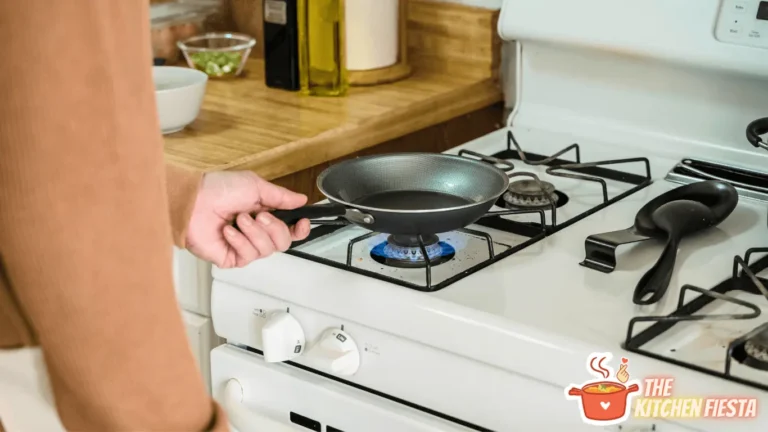What Size Breaker for the Stove? A Comprehensive Guide
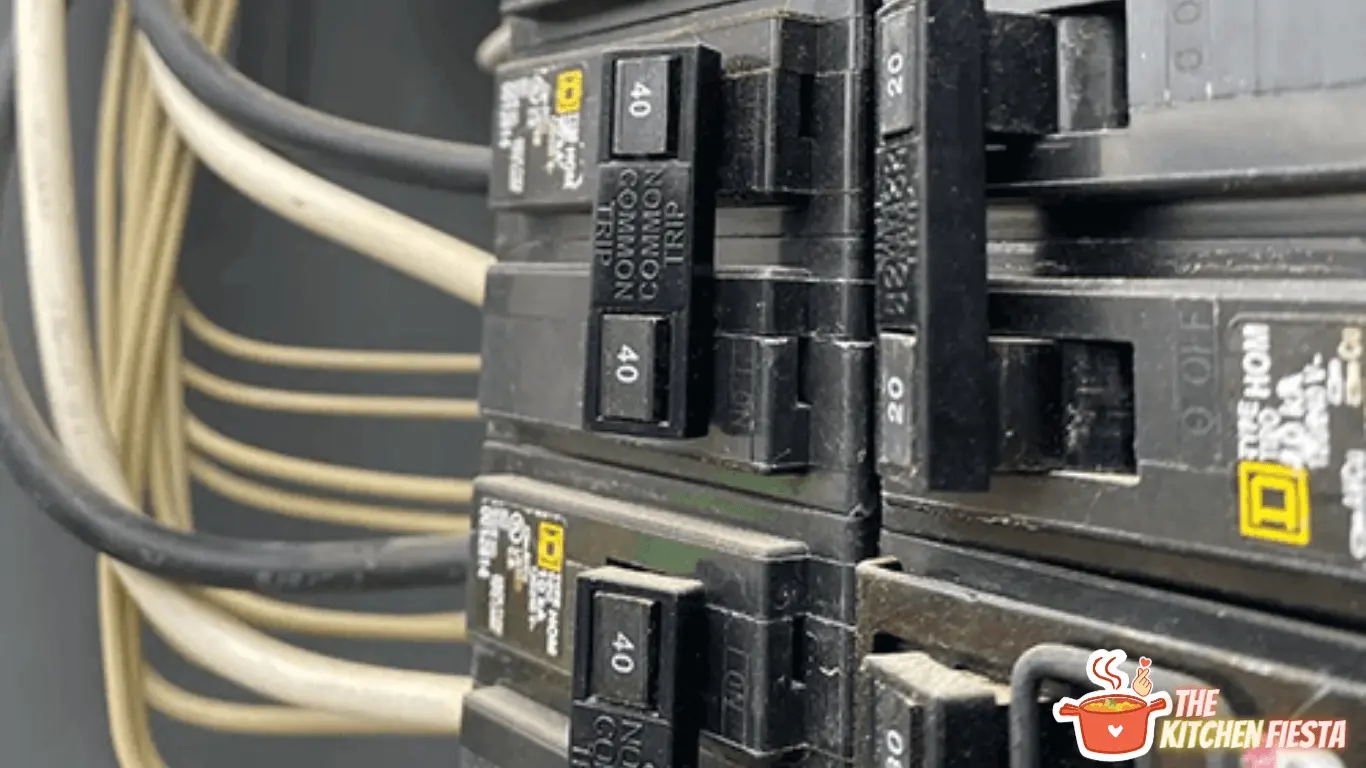
When installing an electric stove, one of the most important things to consider is what size breaker to use. The breaker protects the wiring and prevents overheating, so choosing the right size for your stove is crucial. The breaker size you need will depend on the amperage of your stove and the cable run length.
According to industry standards, most modern electric stoves require a 50-amp double-pole breaker. However, the specific amperage required for your stove may vary depending on the model and manufacturer. You must refer to the owner’s manual or specifications sheet for your stove to determine the correct amperage.
In addition to the breaker size, the wiring gauge is also an important consideration, as it must be able to handle the current load without overheating.
Understanding Breakers and Stoves
When installing a stove, understanding the electrical requirements is crucial. One of the most important aspects of this is determining the appropriate size breaker for the stove. Here is what you need to know about breakers and electric stoves.
A breaker is an electrical switch designed to protect an electrical circuit from damage caused by excess current flow. In the case of an electric stove, the breaker is responsible for cutting off the power supply if the stove draws too much current. This helps prevent electrical fires and other hazards.
The appropriate size breaker for an electric stove depends on the stove’s electrical requirements. Most electric stoves require a 240-volt circuit and a double-pole breaker. The amperage of the breaker needed will depend on the stove’s wattage and the number of burners.
It is important to note that using a too-small breaker can cause the breaker to trip frequently, which can be frustrating and potentially dangerous. On the other hand, using a too-large breaker can be equally tricky, leading to overheating and damage to the stove and wiring.
To determine the appropriate size breaker for an electric stove, it is recommended to consult the stove’s manual or speak with a licensed electrician. They can help ensure that the breaker and wiring are appropriately sized to handle the stove’s electrical demands.
Determining Stove Power Requirements
When determining the correct size breaker for an electric stove, it’s essential to understand its power requirements. The power requirements for an electric stove vary widely depending on the make and model, so it’s necessary to consult the manufacturer’s specifications before making any decisions.
One way to determine the power requirements for an electric stove is to look at the circuit breaker. Most modern electric stoves require a 50-amp circuit breaker, varying depending on the stove’s power requirements. It’s important to note that using a circuit breaker that is too small for the stove’s power requirements can be dangerous and lead to electrical fires.
Another way to determine the power requirements for an electric stove is to look at the stove’s wattage. Most electric stoves have a wattage rating on the stove or in the owner’s manual. To determine the amperage for the stove, divide the wattage by the voltage. For example, if the stove has a wattage rating of 5,000 watts and requires 240 volts, the amperage would be 20.8 amps.
It’s important to note that the wiring for an electric stove outlet differs greatly from the normal wall outlets in your home. Most electric stoves require 240 volts of power, which means that the wiring and circuit breaker must be able to handle this amount of power. Using the wrong size wiring or circuit breaker can be dangerous and can lead to electrical fires.
Choosing the Right Breaker Size
When choosing the right breaker size for an electric stove, there are a few things to keep in mind. The size of the breaker you need will depend on the amp demand of your stove and the capacity of your circuit breaker. Here are some key considerations to keep in mind when choosing the right breaker size:
- Check the amp demand of your stove: The first step in choosing the right breaker size is to check the amp demand of your stove. This information can usually be found in the owner’s manual or on a label on the stove itself. Make sure to choose a breaker that can handle the amp demand of your stove.
- Match the breaker size to the stove’s rating: Common sense will tell you to match the breaker size to the stove’s rating. However, you can get away with using a larger stove on a smaller circuit breaker. This is because a stove’s heating elements do not run continuously.
- Choose a breaker with the appropriate capacity: Once you know the amp demand of your stove, you need to choose a circuit breaker with the proper capacity. The capacity of a circuit breaker is measured in amps and can usually be found on the breaker itself. Make sure to choose a breaker with enough capacity to handle the amp demand of your stove.
- Consider the wire size: The wire you use to connect your stove to the circuit breaker is also essential. You should use 10 gauge wire for a 30-amp circuit breaker and 6 gauge wire for a 60-amp circuit breaker.
- Use a breaker size calculator: If you still need to decide what size breaker to use for your electric stove, you can use a breaker size calculator. These calculators consider the amp demand of your stove and the capacity of your circuit breaker to determine the right breaker size.
Choosing the right breaker size for an electric stove is essential to ensure safe and efficient operation. By following these guidelines, you can make sure you choose the right breaker size for your stove and avoid any potential safety hazards.
Importance of Correct Breaker Size
Choosing the correct breaker size for an electric stove is essential for the safety of the user and the appliance. The breaker protects the circuit from overloading and overheating, which could lead to a fire hazard. Therefore, it is crucial to ensure that the breaker size matches the amp demand of the stove.
Using a breaker with a lower amp rating than the stove’s requirement may cause the breaker to trip frequently, leading to frustration and inconvenience. On the other hand, using a higher-rated breaker than necessary could overload the circuit and cause damage to the stove and other electrical appliances in the home.
It is important to note that the breaker size should be determined by the stove’s amp demand, not the wire size. Using a wire with a larger gauge than necessary does not increase the amp capacity of the circuit and may even cause more harm than good.
In general, most electric stoves require a 30 to 60-amp circuit breaker. However, the specific amp demand of the stove may vary depending on the model and manufacturer. Therefore, checking the stove’s manual or contacting the manufacturer to determine the correct breaker size is recommended.
Safety Considerations
Safety should always be a top priority when it comes to determining the size of the breaker for an electric stove. Using an improperly sized breaker can lead to electrical fires, stove damage, and even user injury.
It is crucial to consult a licensed electrician to ensure that the circuit breaker and wiring are up to code and can handle the electrical load of the stove. The electrician will also ensure that the breaker is properly installed and the wiring is correctly connected.
It is important to note that the breaker size should match the manufacturer’s specifications for the stove. Using a breaker that is too small can cause it to trip frequently; using a breaker that is too large can lead to overheating and damage to the stove.
In addition, it is recommended to have a dedicated circuit for the stove. The circuit should not be shared with other appliances or outlets. A dedicated circuit will ensure the stove has a consistent and reliable power source.
Finally, it is essential to regularly inspect the stove and its wiring for any signs of damage or wear. If any issues are found, they should be immediately addressed by a licensed electrician.
By following these safety considerations, homeowners can ensure that their electric stove is properly and safely powered.
Professional Installation and Inspection
When installing a new stove or replacing an old one, it is strongly recommended to seek professional assistance. A licensed electrician can ensure that the installation is done safely and correctly. They can verify that the circuit breaker and wiring are perfectly sized for the stove’s electrical requirements.
During installation, the electrician will check the existing wiring to ensure it is in good condition and properly grounded. They will also verify that the circuit breaker is the correct size for the stove and that the wiring is rated to handle the amperage required by the stove.
After the installation, the electrician will perform a thorough inspection to ensure everything is in working order. They will check the voltage and amperage at the stove to ensure that it is within the manufacturer’s specifications. They will also verify that the stove is properly grounded and that no electrical hazards are present.
It is important to note that improper installation or incorrect sizing of the circuit breaker and wiring can result in serious electrical hazards, including electrical fires and electrocution. Therefore, it is essential to seek professional assistance to ensure that the installation is done correctly and safely.
Professional installation and inspection are highly recommended when installing or replacing a stove. A licensed electrician can ensure that the installation is done safely and correctly and that the circuit breaker and wiring are perfectly sized for the stove’s electrical requirements.
Conclusion
In verdict, selecting the appropriate size breaker for an electric stove is crucial for safe and reliable operation. Determining the stove’s power requirements, usually available in the product manual or online, is the first step. Modern electric stoves typically require a 50 amp breaker, though some models may need 30 to 60 amps. Additionally, considering the right wire size, preferably copper, based on the stove-to-breaker panel distance is essential for a proper installation.
By carefully evaluating these factors, homeowners and electricians can ensure that the electric stove operates efficiently and safely for years. Prioritizing the correct breaker size is a fundamental aspect of stove installation, contributing to a seamless cooking experience and overall peace of mind.
Frequently Asked Questions
What size wire should I use for my stove?
For most 240-volt electric stoves, a #8 gauge copper wire or #6 gauge aluminum wire is recommended. However, some industrial electric stoves may require a #6 gauge copper wire or #4 gauge aluminum wire. It is essential to check the manufacturer’s specifications for your specific stove model.
What amp breaker should I use for a range?
Most electric stoves require a 50 amp double-pole circuit breaker. However, some industrial electric stoves may require a 60 amp breaker, while older models may only need a 30 amp breaker. It is essential to check the manufacturer’s specifications for your specific stove model.
Can I use a 40 amp breaker for my stove?
Using a 40 amp breaker for an electric stove is not recommended. Most electric stoves require a 50 amp double-pole circuit breaker to handle the electrical demands of the stove. Using a 40 amp breaker could cause overheating and a fire hazard.
What is the difference between a 40 amp and 50 amp breaker for a stove?
The main difference between a 40 amp and 50 amp breaker for a stove is the amount of electrical current they can handle. A 50-amp breaker can handle more electrical current than a 40-amp breaker, which is why it is recommended for most electric stoves.
How do I calculate the wire size for my oven?
To calculate the wire size for your oven, you need to determine the amperage and the distance from the breaker box to the oven. Then, you can use a wire size calculator or consult a licensed electrician to determine the appropriate wire size for your specific setup.
Is it safe to use a 30 amp breaker for an electric stove?
It depends on the specific model of the electric stove. Some older models may only require a 30 amp breaker, while most newer models require a 50 amp double-pole circuit breaker. It is essential to check the manufacturer’s specifications for your specific stove model and use the appropriate breaker to ensure safety and prevent potential fire hazards.

